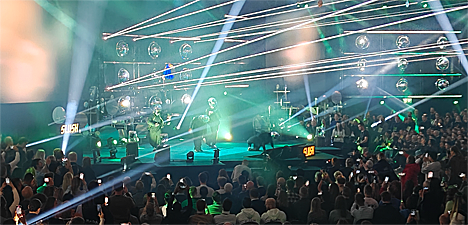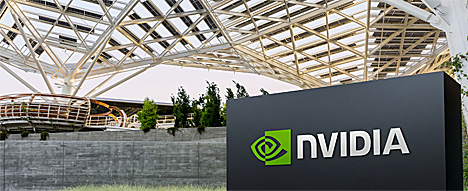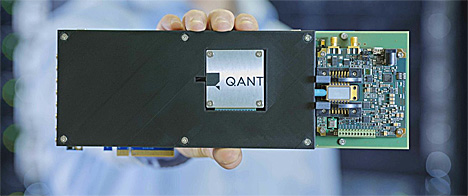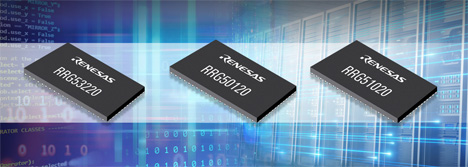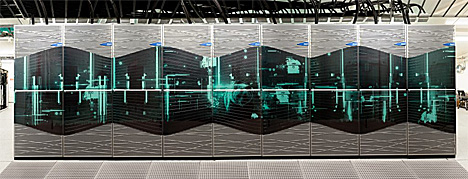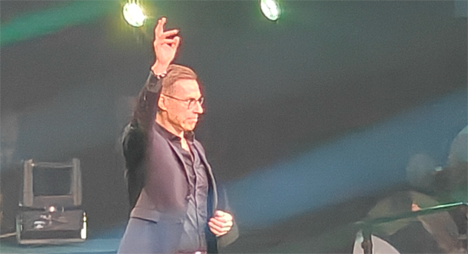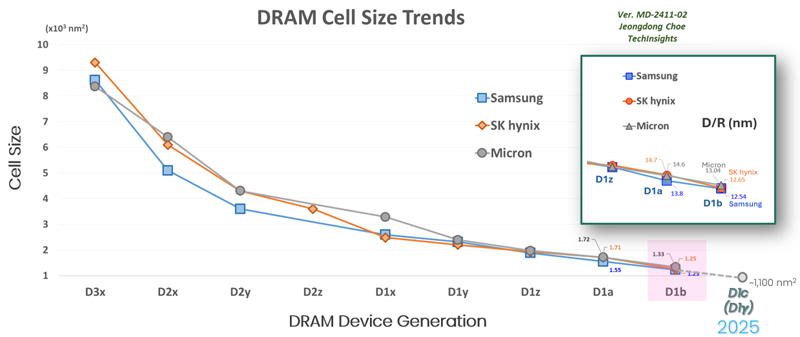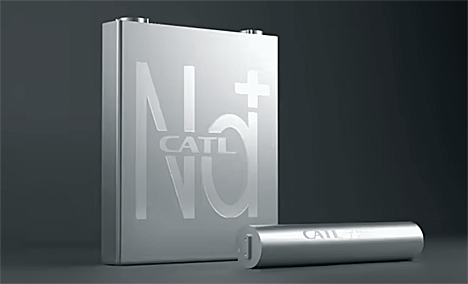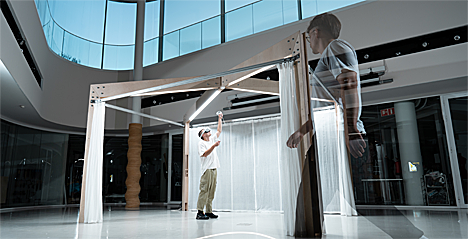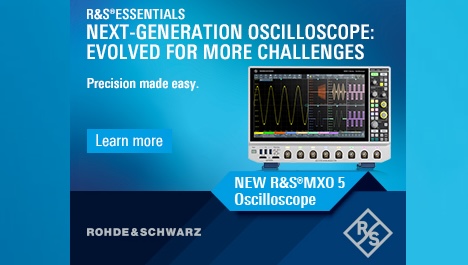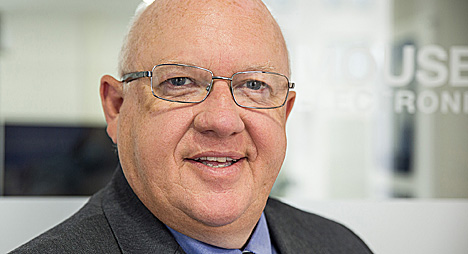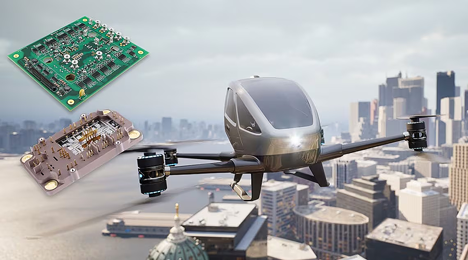
Perinteisesti lentokoneet ovat käyttäneet hydraulisia toimilaitteita ensisijaisen ja toissijaisen lennonohjauksen, laskutelineen, jarrujärjestelmien ja jäänpoistojärjestelmien ohjaamiseen. Ilmailu- ja avaruusalan sähköistäminen ohjaa siirtymistä hydraulisista toimilaitteista tehoelektroniikkakäyttöihin painon, monimutkaisuuden ja huoltotarpeiden vähentämiseksi ja luotettavuuden parantamiseksi.
Lentokoneissa on useita lennon ohjaimia, jotka auttavat sitä liikkumaan maassa ja ilmassa. Lentokone pyörii kallistuksessa samalla kun se liikkuu vaaka-, pysty- ja sivusuunnassa. Neljä perusliikettä (suora ja vaakasuora lento, käännökset, nousut ja laskut) ovat tärkeimmät liikkeet, jotka ohjaavat lentokonetta kuuden lennon liikkeen kautta. Maalla peräsintä käytetään lentokoneen rullaamiseen vasemmalle, oikealle tai suoraan. Ilmassa käytetään sekä ensisijaisia lennonohjaimia että toissijaisia lennonohjaimia.
Ensisijaiset lennonohjaimet koostuvat peräsimestä, jolla ohjataan suuntaa pystyakselilla, hissistä, jolla ohjataan nousua ylös ja alas sivuakselilla, ja siivekkeestä, joka ohjaa kaltevuutta tai kääntää lentokonetta pituusakselia pitkin, jotka koordinoivat peräsintä ja elevaattoria. tarpeen mukaan.
Toissijaiset kevyet säätimet koostuvat verhoilusta, läpäistä ja spoilerista. Ajokulman ohjauspintoja tarvitaan kompensoimaan ohjaajan antamat vakiopaineet. Kallistusmomentteja voi syntyä myös siivekkeiden, laskutelineiden ja muiden vastusta tuottavien laitteiden, kuten spoilerien, aukaisemisesta ja sisäänvetämisestä.
Ensisijaiset lennonohjaimet ovat välttämättömiä ja siksi myös nimi, kun taas toissijaiset lennonohjaimet auttavat tehostamaan lentokoneen liikettä ilmassa tarkemmalla ohjauksella. Lisäksi toimilaite suorittaa monia muita tehtäviä, nimittäin jäänpoistoa, laskutelineen käyttöä, sähköoven avaamista ja jäänpoistoa.
Artikkeli löytyy uudesta ETNdigi-lehdestä. Alla se on kokonaisuudessaan.
FLY WITH ELECTRICITY
Traditionally, aircraft have used hydraulic actuators to maneuver primary and secondary flight controls, landing gear, braking systems, and deicing systems. The electrification of the aerospace sector is driving a transition from hydraulic actuators to power electronics drives to reduce weight, complexity, and maintenance requirements while improving reliability.
Amit Gole, Microchip Technology
Airplanes have several flight controls that help it to maneuver on land and in the air. An airplane rotates in bank, pitch, and yaw while also moving horizontally, vertically and laterally. The four fundamentals (straight-and-level flight, turns, climbs and descents) are the principal maneuvers that control the airplane through the six motions of flight. On land, the rudder is used to taxi the airplane left, right or straight. In the air, both primary flight controls and secondary flight controls are used. Primary flight controls consist of rudder to control the yaw, along the vertical axis, elevator to control the pitch up and down along the lateral axis, and aileron to control the bank or to turn the airplane along the longitudinal axis, which coordinate rudder and elevator as necessary.
Secondary slight controls consist of trim, flaps and spoiler. Trim control surfaces are required to offset any constant flight control pressure inputs provided by the pilot. Pitching moments may also be generated by extension and retraction of flaps, landing gear and other drag producing devices, such as spoilers.
Primary flight controls are a must and hence the name while secondary flight controls help to enhance the motion of the airplane in the air with finer control.
In addition, there are many other tasks that are performed by the actuator namely deicing, landing gear operation, power door opening and deicing.
The flight controls get active as the plane gains speed in the air and encounters a large amount of force. To move these surfaces, pneumatic actuators were used in the early 20th century. Around the 1930s, aircraft started using hydraulic actuators. These hydraulic actuators consist of centralized hydraulic reservoir, filters, pumps and incompressible liquid to move the actuators with aircraft engine directly driving the hydraulic pumps. These actuators eventually moved to electro-hydraulic actuators that maintained the centralized hydraulic fluid reservoir, while electric motor being used to drive the centralized hydraulic pumps. Most of the old generation aircraft in service use this technology. The key issue with this central hydraulic system is maintenance, plumbing, frequence changes in filters, higher weight, bulkier systems and higher energy consumption.
With the invention of actuation technology there is a transition from traditional hydraulic systems (EH) to Electrohydraostatic actuators (EHA), Electrical back up hydraulic actuators (EBHA) and Electromechanical Actuators (EMA) with the end goal to replace the central hydraulic system with Fly by Wire (FBW) to reduce system weight, power consumption, complexity and maintenance all while improving reliability.
Electro hydrostatic actuation (EHA): Electro hydrostatic actuation (EHA) system eliminates the need for central hydraulic systems These systems use electric power for aircraft flight control-surface actuation that results in reduced aircraft weight, efficient power consumption, and improved maintainability.
EHA systems are power-by-wire actuation systems that utilize aircraft electric power for flight control surface actuation. These systems are highly energy efficient and provide an overall weight benefit to the aircraft. EHA technology is power-on-demand actuation that results in reduced overall aircraft power consumption. EHAs result in improved maintainability since there are no hydraulic connections between actuation equipment and the vehicle system.EHAs consist of a fixed displacement, high speed, reversible pump driven by a brushless DC electric motor. Actuator position is controlled by the pump rotation direction and actuator piston velocity is controlled by pump rotational speed. The actuator output force is a function of the electric motor output torque.
Electrical backup hydraulic actuation (EBHAs): EBHA system is like that of EHA Systems. However, it is generally used to provide back up for the central hydraulic systems and has similar advantages as those of EHA.
Electromechanical actuation (EMAs): EMA systems are power by wire system that eliminates the need for central hydraulic systems, as well as any sort of hydraulic elements because of its use of mechanical actuators. Electric motor is dedicated and located at each mechanical actuator on the aircraft. These type of actuators remove the use of pumps and instead use mechanical gearbox or similar arrangement powered by an electric motor. This mechanical gearbox drives rotary to liner conversion to move the flight controls.
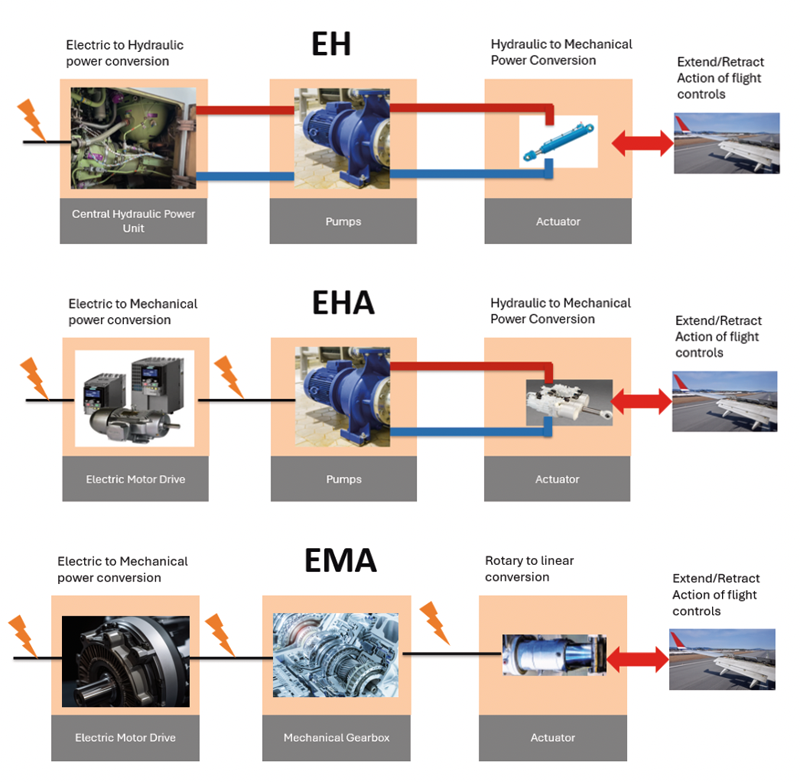
Types of Actuators, Transition to EHA and EMA is the first step in decarbonization.
The key benefit of this transition from centralized hydraulics systems to EHA/EBHA and EMA includes but is not limited to significant weight savings, increased performance, enhanced safety due to improved reliability in demanding conditions, reduced maintenance cost and lower operating life cycle costs. All these factors together reduce the carbon footprints of the airplane. The bigger the airplane the more significant the benefits. This transition needs rugged, reliable, cost efficient, compact power electronics drive to run the motors that in turn drive the actuators.
As aircraft evolve to More Electric Aircraft (MEA) and eventually to fully electric aircraft, actuation systems will be one of the first systems that is likely to get electrified. This gives us the opportunity to provide solutions for applications including but not limited to commercial, cargo and smaller training aircraft, in addition to the defense sector, eVTOL, drones and multi-copters.
There are multiple growth drivers that enable the demand for actuation electrification:
- Electrification of commercial and cargo airplanes
- Growth in passenger traffic
- Fleet modernization
- Electrification of military and defense airplanes
- Fully electric/H2/hybrid smaller aircraft
- Electric VTOL (EVTOL) use for public and cargo transfer
- Drones and multi-copter usage for service and agriculture
Some of the key forecasts and analyses from the commercial aviation market reinforce the potential for an expanding electric actuation market.
Fleet modernization: Airlines will require the latest, most efficient and lowest-emission aircraft. As of the year 2022, only 25% of the commercial fleet has been electrified.
Passenger Traffic: Passenger traffic is expected to grow at 3.6% from 2019 to 2041 and will increase the number of aircraft to satisfy this demand.
New generation planes: By 2041, the new generation of airplanes will represent more than 95% of the fleet. Since these planes will use electrical actuation instead of hydraulic, the demand is likely to be higher. When compared to 2021, only 20% of the fleet represented new planes.

Market segments and growth drivers.
In summary, there is a demand of more than 40,000 new airplanes considering both growth ( >23,000) and replacement ( > 17,000) by 2042.
To enable this transition, the capability to integrate different power electronic components for functions like motion of power control but also to provide configurability, standardization, modularity, and reliability to meet the aerospace standards.
POWER MODULE
The actuator generates a translational motion in the forward and reverse direction, which gets converted into rotational motion for flight controls. To replace the traditional hydraulic system with power electronics, we need to have several capabilities. Depending on the nature of flight control, the configurations could be mandatory or optional.
The power range of the typical actuator ranges up to 25 kW for operating pressure of 5000 Psig with stroke length of 10 inches. These ratings vary depending on the applications but provide a very generic rating that is commonplace in the aviation industry. The DC link voltages are primarily 270V and 540V. The electric motor switching frequency varies between ~2 to 10KHZ. Due to the higher voltage involved it is important to have fully isolated module with enhanced thermal capabilities to provide low power loss and high efficiency to enable smaller weight and footprints. It is essential to have 650V to 700V power modules for 270V DC link and 1200V for 540V with the ability to provide derivatives up to 1700V, if required.
Both Hybrid SiC (IGBT + SiC D) and SiC are recommended to provide optionality to the customer. For relatively high frequency, full SiC, including SiC MOSFETs and Schottky diodes, helps to reduce switching losses while hybrid SiC balances the benefits versus cost when the Fsw is relatively lower. The low junction to case thermal resistance and Silicon Nitride (Si3N4) substrate improves the thermal performance of the module. Use of Aluminum-Silicon Carbide (AlSiC) baseplate further reduces the weight while extending the reliability of the solution. This results in high-power density, which helps to shrink the size and weight of the solution, thereby allowing greater power density in the given area. This is a critical differentiator in aerospace applications. Lower thermal losses reduce the cooling requirements and improve the overall efficiency of the converter, impacting the power consumption positively.
The Integrated Actuation Power Modules need to have very low package inductance. The rate of change of current (di/dt) could be substantially higher due to high switching frequency (Fsw). This high di/dt with higher stray inductance results in higher overall inductance and higher voltage overshot during the switch turn-off. [V overshoot = V & L di/dt]. Having lower overshoot improves the ruggedness of the power module.
It is also important to have temperature monitoring that can be easily implemented to control temperature conditions and improve protection. Monitoring of DC bus, Inverter, and solenoid current with feedback to control circuity enhances durability of the power module.
To comply with the high standards of aviation, qualification as per DO-160G for flight conditions like Low/High temperature cycling, cold start up, altitude of 50,000 feet, cold temperature -55 Deg C, humidity, shock s and vibrations ), highly accelerated life testing (HALT), RoHS, partial discharge test and AS9100 adherence are key.
FULLY INTEGRATED ACTUATION SOLUTION
While most of the customers can design their own driving circuitry compatible with power module, having fully integrated solution for actuations provides an all- in-one solution minimizing the design efforts, cost associated with projects, accelerates time-to- market, complexity and lack of flexibility associated with system designing for MEA actuation.
The gate driver board should provide the PWM signal to the power module based on the inputs from higher level system. This may include all the switches of the inverter, solenoid drive, soft starter and brake switch. Apart from providing the gate signals, the driver should be able to provide isolation and continuous monitoring of following parameters and provides output to LVDS:
- DC link bus voltage
- DC link bus current
- Phase current output of inverter
- Solenoid current
- Temperature of power module
The driver board should have the voltage across the shunts in power module and provide current measurement signals as isolated differential output for phase current, bus current and solenoid current. The driver board should also measure the DC link bus voltage and provide an isolated differential voltage output.
In normal operation, the driver board would receive PWM switching signal inputs from a higher–level system and provides the gate–drive signals to the power module to control the functioning of three-phase inverter bridge switch, solenoid switch, soft–start switch and brake switch.
MICROCHIP´S INTEGRATED ACTUATION SOLUTION
Microchip’s cost-effective, plug-and-play Integrated Actuation Power Solution combines a Hybrid Power Drive (HPD) and a compatible driver board that provides intelligence, scalability, design flexibility, reliability, faster time-to-market and high-power density for aircraft power system applications in MEA, cargo planes, small planes, defense avionics, electric Vertical Takeoff and Landing (eVTOL) aircraft, drones and multicopper. The HPD modules range from 5 kVA to 20 kVA and have the same footprint.
These modules include a three-phase inverter with temperature and output current measurements and options for a brake chopper, solenoid drive and soft starter. They can be configured with Silicon (Si) or Silicon Carbide (SiC) switches. The isolated gate driver board can manage the intricacies of driving MOSFETs and Insulated-Gate Bipolar Transistors (IGBTs) at a higher switching frequency. The press-fit connector enables the board to be attached easily to the top of the HPD module in accordance with DO-160 and AS9100 standards for the aerospace industry. You can also order an HPD module and a driver PCB assembly separately for design freedom and adaptability.
KEY BENEFITS OF MICROCHIP´S SOLUTION
- High level of integration and flexibility -Includes inverter, brake chopper, solenoid drive, soft starter, thermal sensors, telemetry outputs and gate driver board
- Modular and adaptable SiC/IGBT solution with nominal DC link up to 540 VDC and power rating up to 20 kVA
- Isolated gate drive board with shoot-through detection, multiple protections and high-speed Low-Voltage Differential Signaling (LVDS)
- Cost-effective, high-reliability and rugged solution
- High power density with reduced weight, smaller footprint, optimized design, and efficient semiconductors
- Faster time to market -Easy-to-use modular design with integrated functionality reduces the number of components and testing requirements
- Flight-proven standard and custom solutions available up to 1700 V
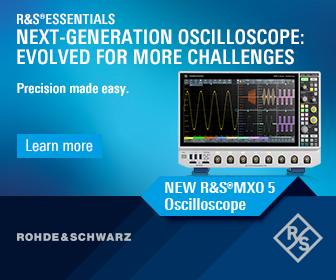
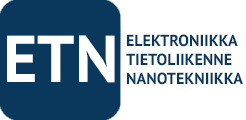







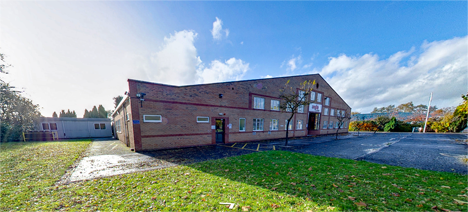

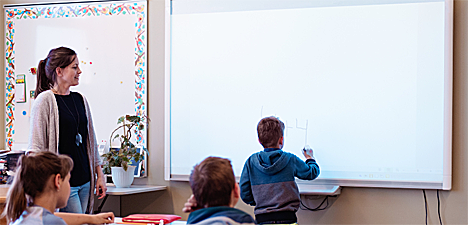
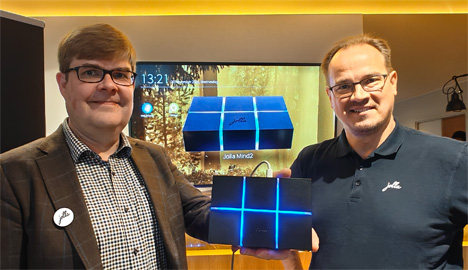
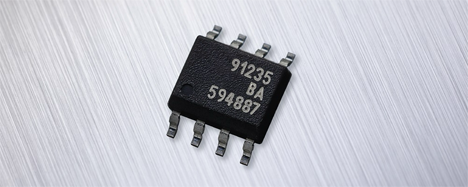
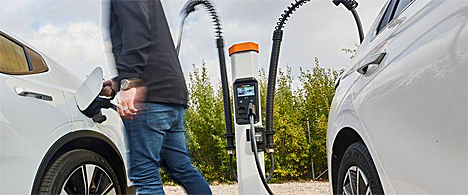
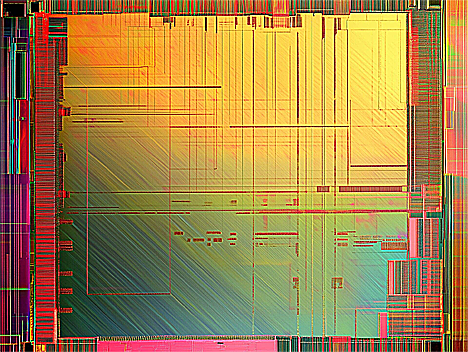 Saksalaislähtöinen Ubitium on kehittänyt innovatiivisen prosessoriarkkitehtuurin, joka yhdistää eri suorittimien (CPU, GPU, DSP, FPGA) toiminnot yhteen siruun. Yrityksen mukaan tämä uusi RISC-V-arkkitehtuuriin perustuva ratkaisu mullistaa yli 50 vuotta vanhan suorittimien suunnittelun.
Saksalaislähtöinen Ubitium on kehittänyt innovatiivisen prosessoriarkkitehtuurin, joka yhdistää eri suorittimien (CPU, GPU, DSP, FPGA) toiminnot yhteen siruun. Yrityksen mukaan tämä uusi RISC-V-arkkitehtuuriin perustuva ratkaisu mullistaa yli 50 vuotta vanhan suorittimien suunnittelun.